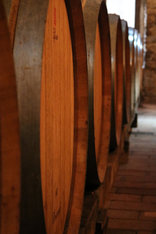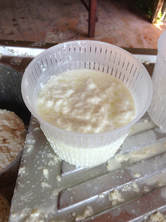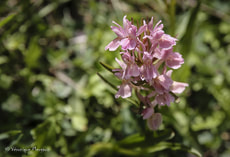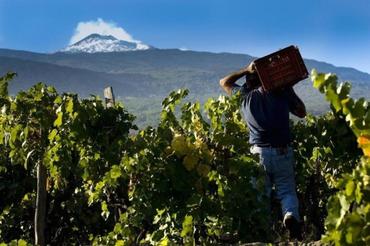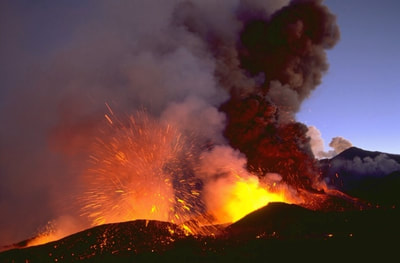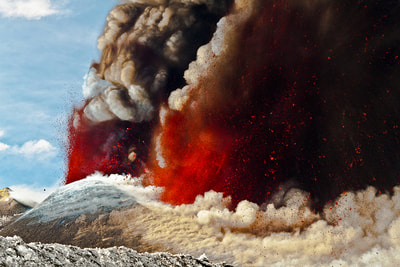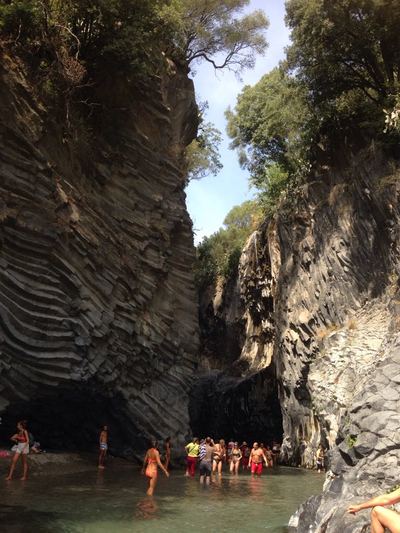Discover Sicily from another point of view
Associazione escursionistica
NEW ROUTES
Turismo, Gastronomia, Cultura
L'associazione escursionistica "New Routes" nasce con lo scopo di promuovere il turismo in Sicilia, facendo emergere e diffondere la conoscenza delle peculiarità paesaggistiche, artistiche e produttive locali, incentivando il turismo culturale.
L' organizzazione di itinerari, visite, percorsi ed escursioni di carattere storico, naturalistico, antropologico ed enogastronomico, si configura quale mezzo per conoscere e rispettare la natura e l'ambiente.
The "New Routes" hiking association was born with the aim of promoting tourism in Sicily, bringing out knowledge and awareness of local landscape, art and local production, promoting cultural tourism.
The organization of itineraries, visits, paths and excursions of historical, natural, anthropological and enogastronomic nature is a means of knowing and respecting nature and the environment.
L' organizzazione di itinerari, visite, percorsi ed escursioni di carattere storico, naturalistico, antropologico ed enogastronomico, si configura quale mezzo per conoscere e rispettare la natura e l'ambiente.
The "New Routes" hiking association was born with the aim of promoting tourism in Sicily, bringing out knowledge and awareness of local landscape, art and local production, promoting cultural tourism.
The organization of itineraries, visits, paths and excursions of historical, natural, anthropological and enogastronomic nature is a means of knowing and respecting nature and the environment.
Mount Etna: Plate Tectonic Setting
Mount Etna is associated with the subduction of the African plate under the Eurasian plate, which also produced Vesuvius and Campi Flegrei, but is part of a different volcanic arc (the Calabrian rather than Campanian). A number of theories have been proposed to explain Etna's location and eruptive history, including rifting processes, a hot spot, and intersection of structural breaks in the crust. Scientists are still debating which best fits their data, and are using a variety of methods to build a better image of the Earth's crust below the volcano.
Mount Etna is associated with the subduction of the African plate under the Eurasian plate, which also produced Vesuvius and Campi Flegrei, but is part of a different volcanic arc (the Calabrian rather than Campanian). A number of theories have been proposed to explain Etna's location and eruptive history, including rifting processes, a hot spot, and intersection of structural breaks in the crust. Scientists are still debating which best fits their data, and are using a variety of methods to build a better image of the Earth's crust below the volcano.
Gallery (photos by National Geographic)

